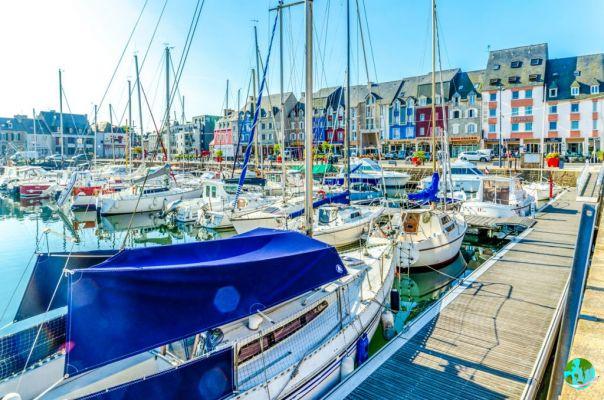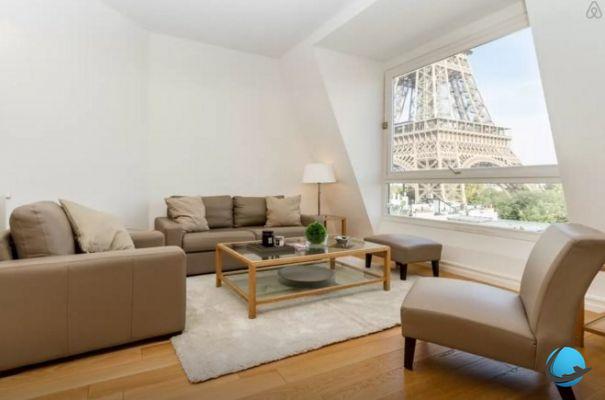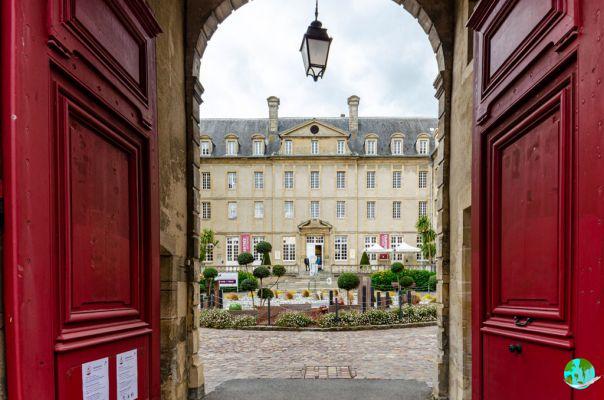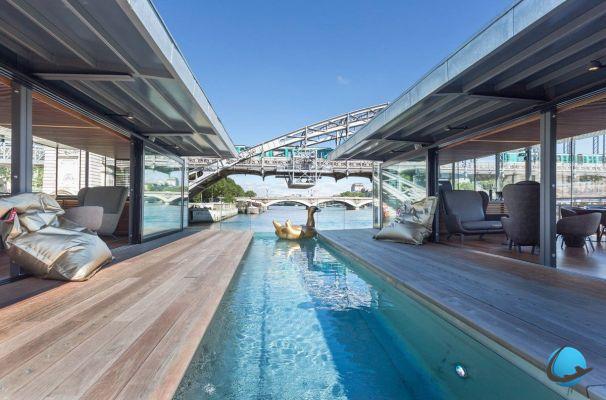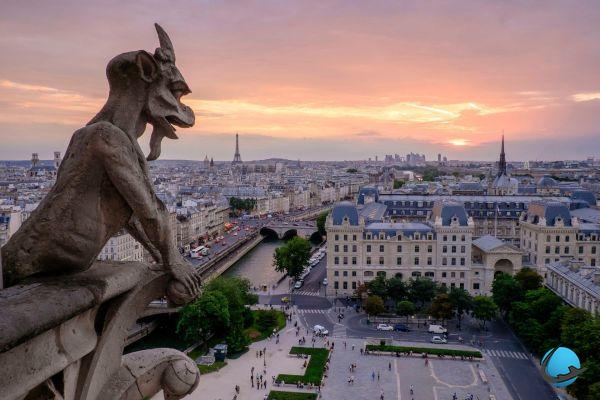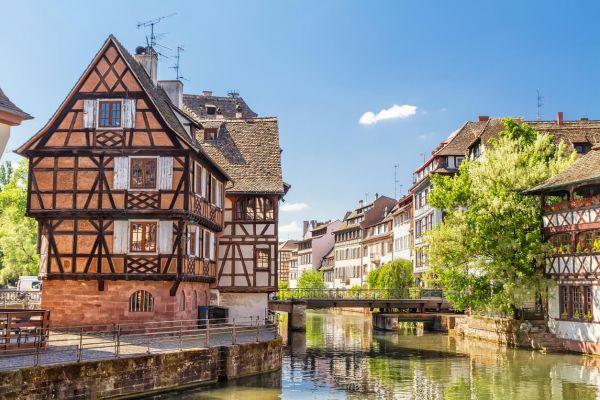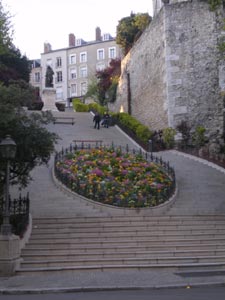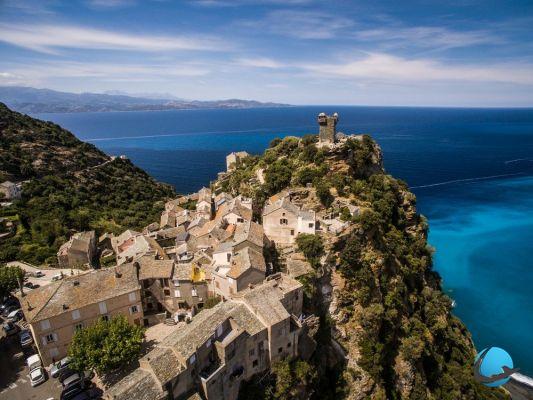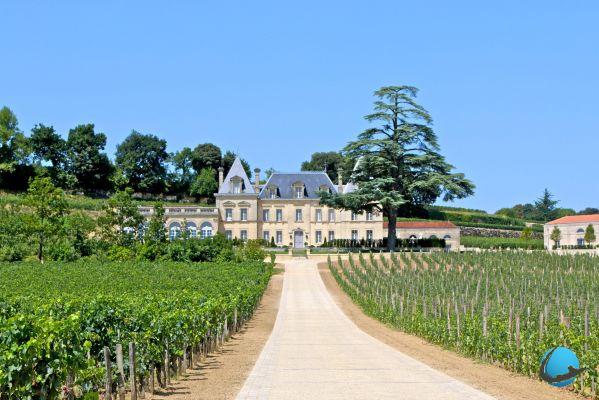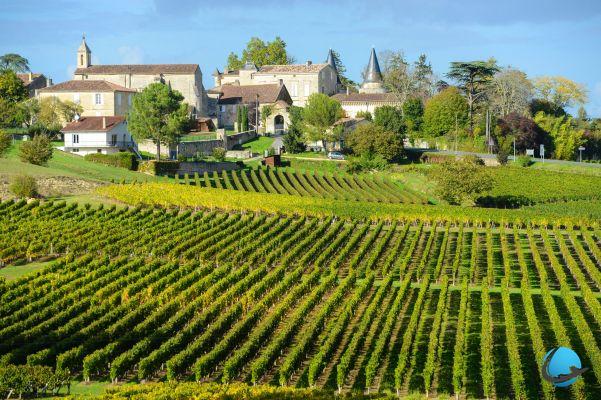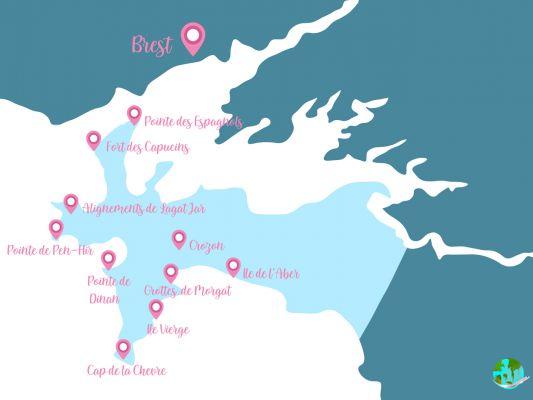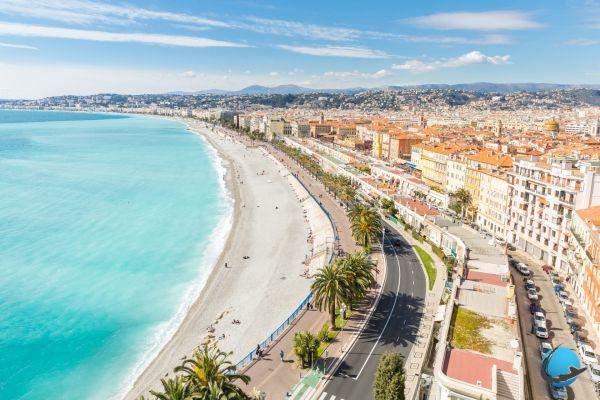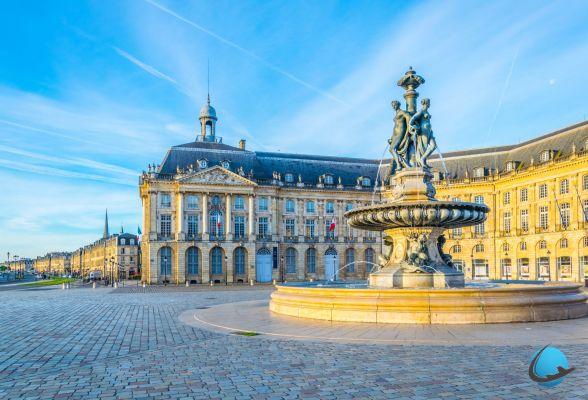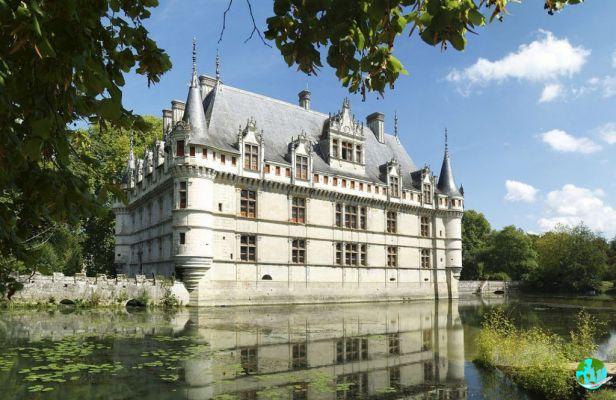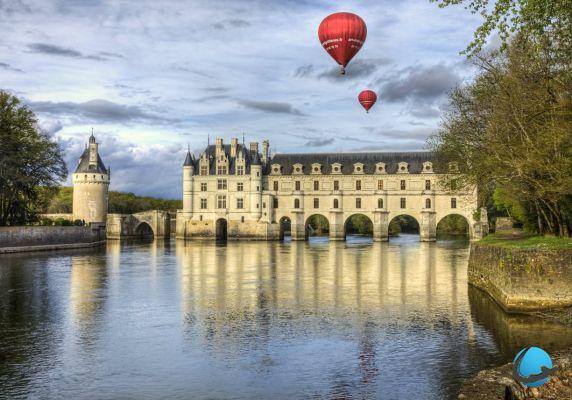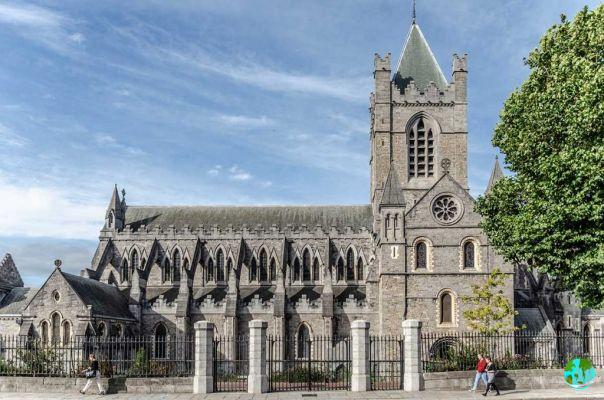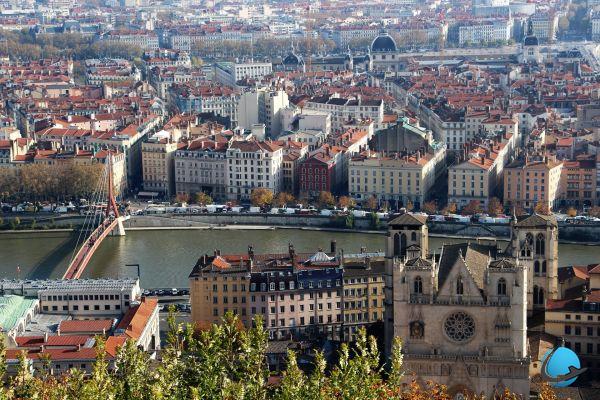
Founded by the Romans in 43 BC, Lyon bears witness to more than 2 years of history. You can also see the remains, especially on the hill of Fourvière. The history of Lyon is therefore very rich and presents districts with a unique atmosphere. If you have planned a stay in the ancient capital of the Gauls, discover its past and its cultural and gastronomic richness. But first let's see where it is the 3rd most populous city in France, after Paris and Marseille!
Geography of Lyon: between Rhône and Saône
Lyon is located at the crossroads of Western Europe, connecting the North to the Mediterranean, and Eastern Europe to the Atlantic. The city is located at the confluence of the Rhône and the Saône, whose furrows give it a major particularity: its peninsula. The city is dominated by three hills:
- La Fourvière, which Michelet, in the 19th century, had nicknamed the “hill that prays”. Indeed, there is the basilica of Fourvière, many convents as well as the seat of the Bishop's Palace.
- Croix-Rousse, which is separated by a parade of the Saône. It is nicknamed the “working hill”. It is the place where the canuts resided, the little hands of the making of fabrics and the weaving of silk.
- The third hill is that of the Duchère in the north-west of the city, in full restructuring for years. You will be able to see the highest point of Lyon there: the Panoramic Tower, 91 meters high.
Another particularity in the districts of Vieux Lyon and Croix-Rousse, the many paths within the buildings. Named traboules, they allow you to walk from one street to another, crossing the courtyards of buildings.
On the Peninsula, between the Rhône and the Saône, is Place Bellecour, the largest pedestrian square in Europe. The equestrian statue of Louis XIV sits in its center and this square is the unmissable meeting place for Lyonnais ... just like the Place des Terreaux and its famous Bartholdi fountain.
Then the city extends on the left bank of the Rhône towards the Dauphiné. Beyond the Rhône, to the east, extends the plain, urbanized according to an orthogonal plan in the districts of Brotteaux and Part-Dieu.
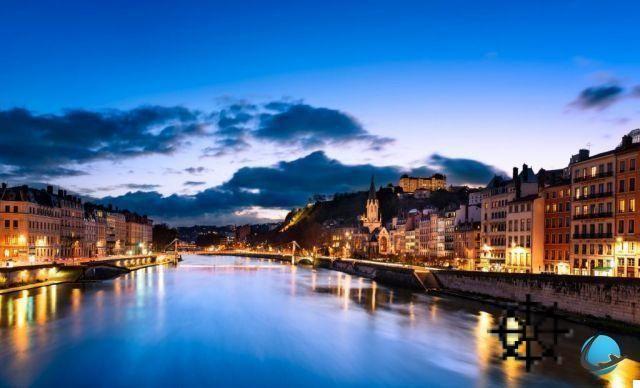 Sunset over Lyon
Sunset over Lyon
Halfway between Northern Europe and Southern Europe, the Lyon region has always been a place of passage, a stopover town and a point of meetings and exchanges. A position that it still confirms today in many sectors such as tourism. Moreover, take advantage of the Rhône and the Saône to take a river cruise and discover the city in a peaceful light.
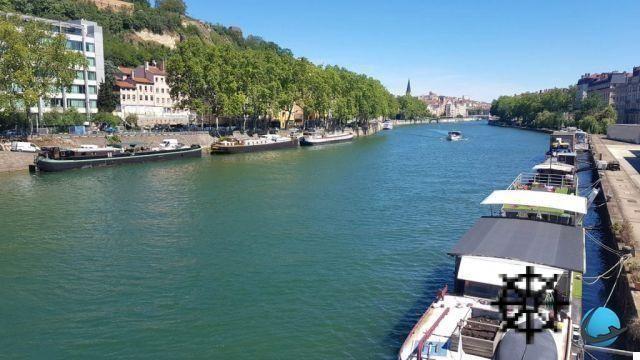 River cruise in Lyon
River cruise in Lyon
The history of Lyon: the capital of the Gauls
The history of Lyon is very rich. If the place has been occupied since prehistoric times, the first city dates from ancient Rome. From Lugdunum, a Roman city and capital of the three Gauls provinces to Lyon, a city open to the international scene and a large urban area in France… the history of the city goes through a long membership of the Roman Empire, a religious influence which raised the Bishop of Lyon to the rank of Primate of the Gauls (but tore its population apart during the wars of religion).
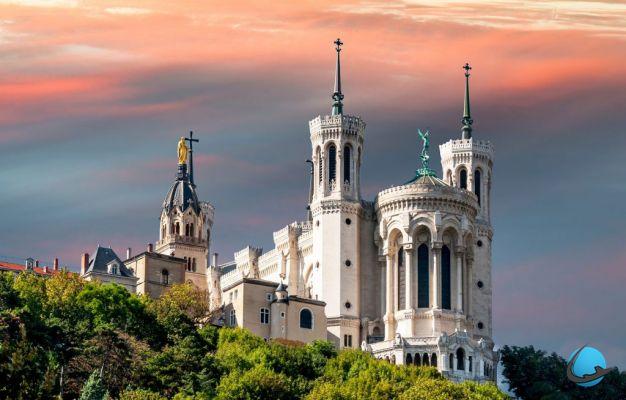 The Basilica of Fourvière, a historic monument in Lyon
The Basilica of Fourvière, a historic monument in Lyon
Its prosperity continues to grow to achieve its heyday in the Renaissance, which makes it one of the most important commercial capitals in the world when it comes to publishing, textiles and decorating rich interiors. Lyon, royalist during the French Revolution, is stripped of her name until the seizure of power by Napoleon Bonaparte, the future Emperor of the French.
Its famous canuts (silky workers) were major players in its industrial revolution, a period which also saw the inauguration between 1830 and 1832 of the first French main line (58 km) of railway linking Saint-Étienne to Lyon. Lyon saw the birth of great inventions such as the Jacquard loom, the sewing machine by Thimmonier, and the Lumière brothers cinematograph, whose work is transcribed in the Institute that bears their name.
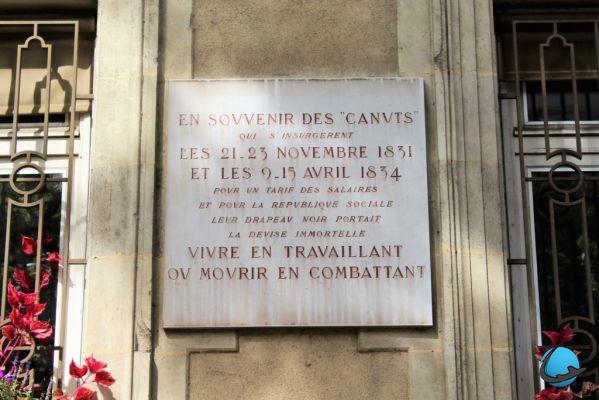 Tribute to the Canuts of Lyon
Tribute to the Canuts of Lyon
The history of Lyon is also linked to the Second World War. It is indeed recognized as the capital of the Resistance, thanks in particular to the clandestine activities of the prefect Jean Moulin, actions commemorated at the Center d'Histoire de la Resistance et de la Deportation. Since the 80s, major urban developments are carried out in parallel with a large-scale heritage promotion policy, so that vestiges of the past and modernity coexist harmoniously.
Popular culture in Lyon: between gastronomy and jubilation
Here are some Lyon festivals and cultures that have endured over time and that are known throughout France.
The festival of lights
Each December 8 is marked by a highlight of the city: the illuminations. Originally it was the celebration of the Virgin Mary. Nowadays, the party has become touristy! It is a period during which the Lyonnais put paper lanterns called candles on their windows. This tradition dates back to the 19th century, although the annual celebration of the Virgin Mary dates from the plague epidemic of 1643. Around this religious and traditional holiday, spectacular highlights are made as part of a festival that has become the Festival of Lights.
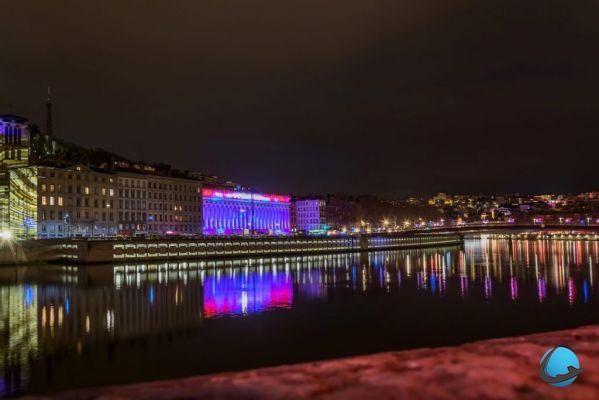 The festival of lights
The festival of lights
It lasts 4 days, around December 8, in parallel with the "Plan Lumière" which creates a luminous scenography in all the districts of the city by highlighting the main sites and monuments of the city and which is now the benchmark in France and abroad.
The Guignol Theater
Guignol is a puppet born in Lyon around 1808. Its creator, Laurent Mourguet, was one of those canuts made unemployed by the Revolution. He had reconverted himself into a fairground merchant, then into a tooth puller. To cover the cries of his patients, he amused the crowd with his puppets. Having exhausted the Italian repertoire (Polichinelle), he passed around 1805 to Gnafron, a shoemaker who liked the bottle and had a strong face, before create Guignol around 1808. On an improvised textual basis according to the mood of the puppeteer and the current events of the day, the show fulfilled a gazette function, standing up smiling against the injustices suffered by the little people.
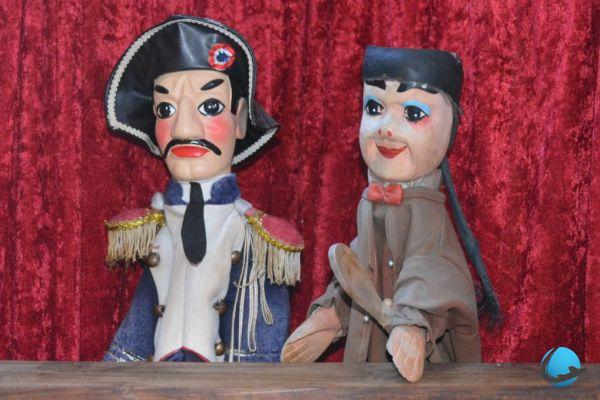 The famous Guignol
The famous Guignol
Guignol was therefore corrosive before becoming, in Paris, a show for children. Guignol is a symbol of Lyon traditions and in the pieces, we find Lyonnais expressions which tend to disappear. Today, young and old alike still laugh at his adventures in the theater located on rue Louis Carrand.
Lyon ball
Lyon is a high place of playing boules (the famous Lyon ball). In particular on the banks of the Rhône and the Saône, on the Place Bellecour, as well as in enclosed spaces dedicated to this sport, such as at Clos Jouve de la Croix-Rousse.
Lyon gastronomy
The city has been proud for several centuries of the title of capital of gastronomy. Lyon cuisine owes its reputation both to past and current great chefs and to an exceptional surrounding region: the breeding of Bresse and Charolais, game from Dombes, fish from Savoyard lakes, early vegetables and fruits from the Rhône valley and Forez have provided the material to generate tasty dishes and dishes.
In addition, a long tradition has been perpetuated: that of the "Mothers" kitchen. The first of them was Mother Guy, followed by Mother Filloux, Mother Brazier, Mother Bourgeois, Mother Léa, who lived in the first part of our century and the greatest of the time passed through their restaurants. Paul Bocuse (1926) is Lyon's most famous chef and the creation of the “Bocuse d'Or” awarded every two years to a great international chef during the catering trade fair is a celebration and a consecration.
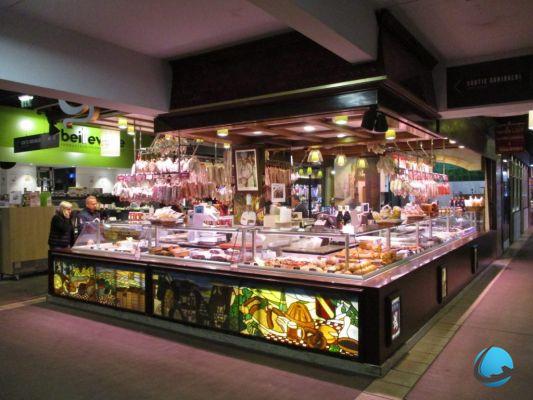 The halls of Lyon
The halls of Lyon
However, we must not forget Jean-Paul Lacombe, Pierre Orsi, Philippe Chavant, Georges Blanc… and others, who honor this city with their talents and creativity. Alongside these starred restaurants, many certified authentic "bouchons" serve traditional dishes of Lyonnaise cuisine in a picturesque atmosphere. The most famous Lyon specialties and confectionery are:
- The rosette and the jesus
- The canut brain
- The cervelas
- The sapper apron
- The dumplings
- Lyon cushion
- The branch of Beaujolais
- The bugnes
- The papillotes ...
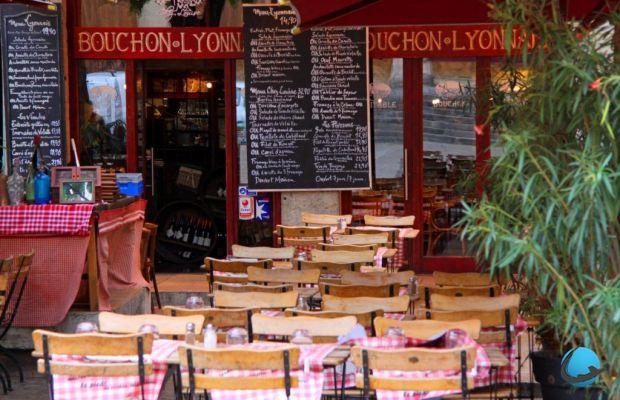 A Lyon cork
A Lyon cork
Lyon, between historical culture and modernity!
Do you want to know more about the history of Lyon and its special culture? So browse its quarters and discover all the must-see visits to do in the city! Finally, less than an hour's drive from Lyon, the Pilat Natural Park awaits you for a nature break.






